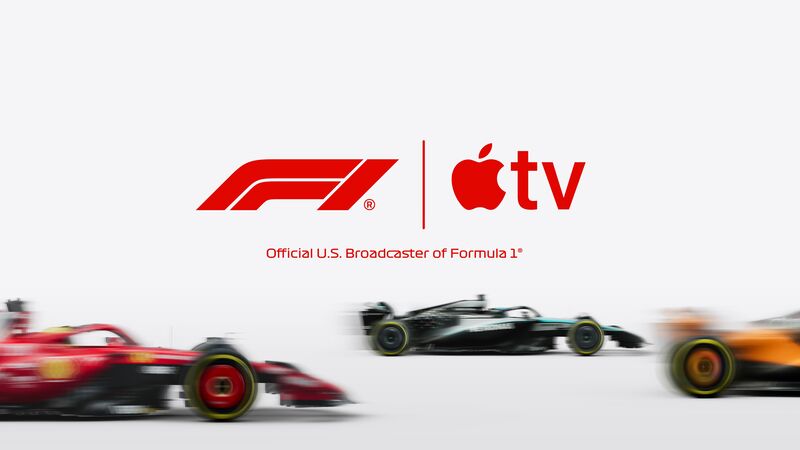Apple's aggressive investment in premium content through Apple TV has puzzled many industry observers. With the service reportedly capturing just 0.2% of overall U.S. TV viewing and losing an estimated $1 billion annually, critics question why a company earning hundreds of billions from hardware would persist with such an expensive content venture. The answer lies in understanding one of marketing's most powerful psychological principles: the brand halo effect.
Understanding the Brand Halo Effect
The halo effect occurs when positive attributes associated with one aspect of a brand transfer to other products or services within that brand's ecosystem. This psychological phenomenon explains why consumers who love Apple's iPhone camera quality automatically assume their MacBooks will deliver superior performance, or why AirPods benefit from the iPhone's reputation for premium build quality.
Research demonstrates the tangible impact of this effect. According to InMoment, 80% of customers develop brand loyalty gradually through experiences with excellent products, service, and reviews. When executed effectively, emotional relationships with a brand lead to 306% higher lifetime value, with these customers recommending brands at a 71% rate compared to the average 45%.
Apple's Content Strategy: Playing the Long Game
Apple has reportedly invested over $20 billion in original content since launching Apple TV in 2019. This includes high-profile productions like "The Morning Show" with per-episode costs exceeding $5 million, "Masters of the Air" at $250 million total, and premium films from directors like Martin Scorsese and Ridley Scott totaling $500 million.
While these numbers seem astronomical for a service with minimal viewership, they represent a strategic investment in brand perception rather than immediate revenue generation. Apple's content strategy focuses on prestige over popularity, aligning the brand with Emmy-winning productions and A-list talent. This approach reinforces Apple's premium positioning across all product categories.
The strategy recently expanded with Apple's acquisition of Formula 1 broadcasting rights in the U.S. for approximately $750 million over five years. This move demonstrates Apple's commitment to associating with high-quality, prestigious content that appeals to affluent demographics.
The Psychology of Premium Content Association
Luxury marketing research reveals that consumers don't just purchase products—they buy into lifestyles, images, and identities. When brands associate themselves with prestige content, they benefit from what marketers call "the power of association". Consumers subconsciously transfer the qualities of excellence, sophistication, and exclusivity from the content to the brand itself.
This phenomenon explains why 73% of luxury brands now collaborate with content creators and influencers for authentic reach. The association with high-quality storytelling and production values creates an intangible prestige that enhances brand perception far beyond traditional advertising metrics.
Measurable Impact on Brand Perception
Apple's approach to building brand halo through content demonstrates measurable results in consumer behaviour. The company's focus on storytelling and emotional engagement has created what researchers identify as one of the most successful implementations of the halo effect in modern marketing.
Studies show that Apple customers who engage with the brand's content ecosystem demonstrate higher satisfaction rates and increased likelihood to purchase additional Apple products. The "Shot on iPhone" campaign exemplifies this strategy, where user-generated content showcases product capabilities while reinforcing the brand's creative and premium positioning.
Lessons for Brand Content Strategy
Apple's content investment offers valuable insights for other brands considering similar strategies. The key lies in understanding that content marketing success isn't measured solely through direct viewership or subscription metrics. Instead, brands should evaluate content initiatives based on their contribution to overall brand perception and long-term customer value.
Companies like HubSpot and Salesforce demonstrate this principle by investing heavily in educational content libraries that position them as thought leaders. While these resources may not generate immediate revenue, they create positive brand associations that influence purchasing decisions across their product portfolios.
The SL8TE Connection: Curated Prestige Content
This analysis directly supports SL8TE's proposition of connecting brands with curated prestige film content and filmmakers. By facilitating partnerships between brands and high-quality content creators, SL8TE enables companies to access the same halo effect that Apple achieves through its massive content investments.
The key advantage lies in curation and accessibility. Rather than requiring brands to invest billions in original content production, SL8TE's model allows for strategic associations with prestige content in development that’s nearly fully funded with distribution locked in. This approach democratises access to the brand halo effect, making it available to companies across various industries and budget levels.
Strategic Implementation Considerations
Brands considering content partnerships should focus on alignment rather than scale. The most effective halo effects occur when content associations reinforce existing brand values and target audience preferences. Quality and prestige matter more than reach, particularly for brands positioning themselves in premium market segments.
Research indicates that consistent implementation of brand halo strategies leads to significant competitive advantages, including customer retention rates, premium pricing power, and enhanced brand loyalty. The investment in content associations could be viewed as brand infrastructure rather than marketing expense.
Long-Term Brand Value Creation
Apple's willingness to absorb annual losses on Apple TV while maintaining aggressive content investment demonstrates confidence in the long-term brand value creation potential. This patience reflects understanding that brand halo effects accumulate over time, creating sustainable competitive advantages that justify initial investments.
For brands working with curated content partners like SL8TE, the timeline for halo effect realisation may be shorter, as association costs are lower and implementation barriers reduced. The key lies in maintaining consistent quality standards and strategic alignment between brand values and content partnerships.
The evidence strongly suggests that content-driven brand halo effects represent one of the most powerful tools for long-term brand building in today's competitive marketplace. Apple's TV strategy, despite its apparent financial losses, exemplifies how premium content associations can enhance overall brand perception and drive customer loyalty across entire product ecosystems.



